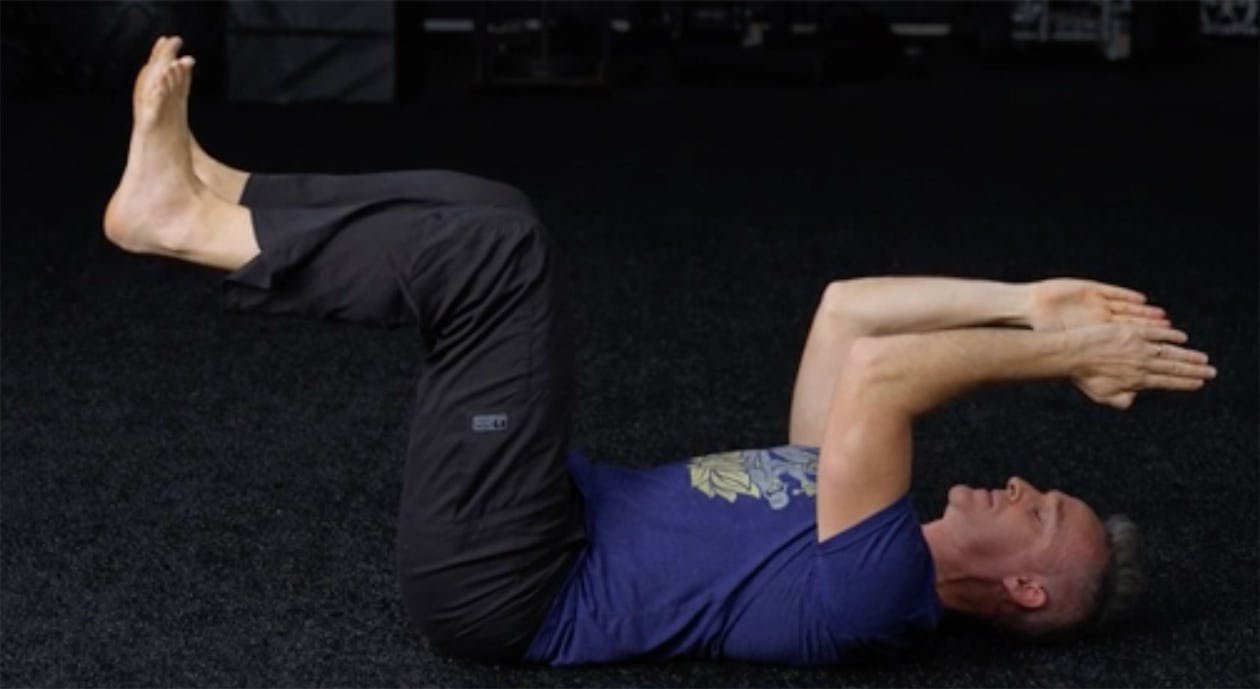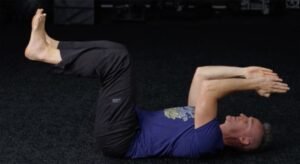Dead Bug Exercise Benefits How to Do It and Why It Works
In the realm of core strengthening, the dead bug exercise stands out as one of the most effective and safe workouts. Often recommended by physical therapists, personal trainers, and fitness enthusiasts, the dead bug exercise targets multiple core muscles without putting unnecessary strain on the lower back. Whether you’re a beginner or an advanced athlete, incorporating the dead bug exercise into your routine can bring immense benefits. In this comprehensive guide, we’ll explore everything you need to know about the dead bug exercise, from its origin and benefits to step-by-step instructions, variations, and tips to perform it safely and effectively.
What Is the Dead Bug Exercise?
The dead bug exercise is a core stabilization movement named for its resemblance to a dead insect lying on its back, with limbs extended and flailing. It’s a low-impact, floor-based exercise where you move your arms and legs in a controlled manner while engaging your core. The primary aim of the dead bug exercise is to teach your body how to move your limbs while keeping your spine and pelvis stable.
Unlike crunches or sit-ups, which can stress the spine, the dead bug exercise reinforces proper spinal alignment and muscle coordination. It’s especially popular in rehabilitation settings and is often included in warm-ups, mobility routines, and strength training programs.
Muscles Worked in the Dead Bug Exercise
The dead bug exercise primarily targets the core muscles, which include:
- Rectus abdominis (front abs)
- Transverse abdominis (deep core muscles)
- Obliques (side abs)
- Hip flexors
- Spinal stabilizers
- Lower back muscles
Because the dead bug exercise encourages cross-limb coordination (opposite arm and leg movement), it also activates muscles in the shoulders, thighs, and glutes to a lesser degree.
Benefits of the Dead Bug Exercise
Here are some key advantages of regularly practicing the dead bug exercise:
1. Improves Core Stability
The dead bug exercise is excellent for enhancing core stability, which is essential for posture, movement efficiency, and injury prevention. A stable core protects the spine and supports almost every physical activity.
2. Reduces Lower Back Pain
Many people suffer from lower back pain due to weak core muscles or poor movement patterns. The dead bug exercise strengthens the muscles that support the lower back, helping to alleviate or prevent discomfort.
3. Enhances Coordination
Because it requires moving opposite limbs while maintaining a stable trunk, the dead bug exercise improves neuromuscular coordination and body awareness.
4. Safe for Beginners
The dead bug exercise is gentle on the spine and joints, making it an ideal choice for beginners, seniors, or those recovering from injuries. It offers a safe alternative to high-intensity core exercises.
5. Can Be Progressed Easily
From simple versions to more advanced variations, the dead bug exercise can be scaled to suit all fitness levels. Resistance bands, ankle weights, and stability tools can be added as you get stronger.
How to Perform the Dead Bug Exercise
Follow these steps to perform the dead bug exercise correctly:
Starting Position:
- Lie flat on your back on a yoga mat.
- Bend your knees and raise your legs so your knees are directly above your hips (90-degree angle).
- Extend your arms straight up toward the ceiling.
- Flatten your lower back against the floor by engaging your core.
Movement:
- Inhale deeply.
- As you exhale, slowly lower your right arm and left leg toward the floor at the same time.
- Keep your core tight and ensure your lower back stays in contact with the ground.
- Bring the arm and leg back to the starting position.
- Repeat on the opposite side (left arm and right leg).
Tips for Good Form:
- Keep movements slow and controlled.
- Avoid arching your back.
- Focus on breathing with each movement.
- Perform 8–12 reps per side, for 2–3 sets.
Common Mistakes in the Dead Bug Exercise
Despite its simplicity, people often make a few mistakes while doing the dead bug exercise. Avoid these to maximize effectiveness:
1. Arching the Lower Back
The most common mistake is allowing the lower back to lift off the floor. Always keep the core engaged to avoid strain.
2. Rushing Through Reps
Speed reduces control. The dead bug exercise is meant to be slow and deliberate to improve motor control.
3. Moving the Head or Neck
Your head should rest naturally on the floor. Tensing the neck can cause discomfort.
4. Not Engaging the Core
If you don’t tighten the abdominal muscles, the purpose of the dead bug exercise is defeated. Always “brace” as if someone is going to poke your belly.
Dead Bug Exercise Variations
Once you’ve mastered the basic dead bug exercise, try these variations to increase difficulty:
1. Weighted Dead Bug
Hold light dumbbells or wear ankle weights to add resistance.
2. Stability Ball Dead Bug
Place a stability ball between your knees and hands. Squeeze it while performing the movement to increase engagement.
3. Wall Press Dead Bug
While lying on your back, press one hand into a wall and perform the exercise with the opposite limbs.
4. Resistance Band Dead Bug
Use resistance bands tied to a sturdy surface or held in your hands for added tension during the limb movements.
Who Should Do the Dead Bug Exercise?
The dead bug exercise is suitable for:
- Beginners learning how to activate their core
- Athletes seeking spinal stability
- Office workers with poor posture
- Seniors aiming for balance and injury prevention
- People recovering from lower back pain
This versatility makes the dead bug exercise a favorite in personal training, rehabilitation, and strength-building routines.
How Often Should You Do the Dead Bug Exercise?
For most people, performing the dead bug exercise 3–4 times per week is sufficient to build core strength and stability. It can be added to your warm-up, cool-down, or as part of a dedicated core circuit.
Dead Bug Exercise vs. Other Core Movements
Compared to crunches or leg raises, the dead bug exercise is significantly safer for the spine and more effective in teaching core control. While exercises like planks focus on isometric strength, the dead bug exercise introduces movement, which better reflects real-life activities and sports.
Final Thoughts
If you’re looking for a safe, effective, and beginner-friendly core workout, the dead bug exercise should be at the top of your list. It’s more than just a funny-looking move; it’s a scientifically backed technique that strengthens your core, enhances stability, and reduces your risk of injury.
By practicing the dead bug exercise regularly and with proper form, you’ll build a stronger foundation for everything from lifting weights to improving posture and daily movement. Add it to your routine and experience the powerful benefits for yourself.













